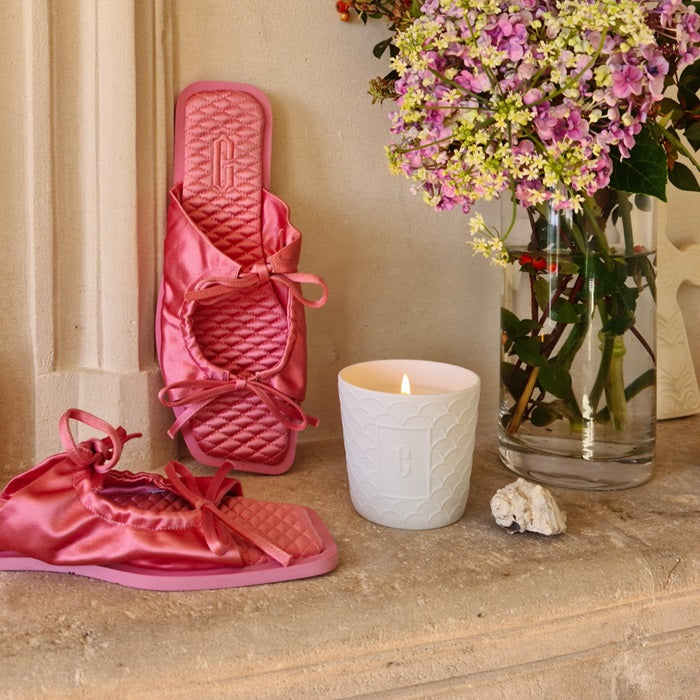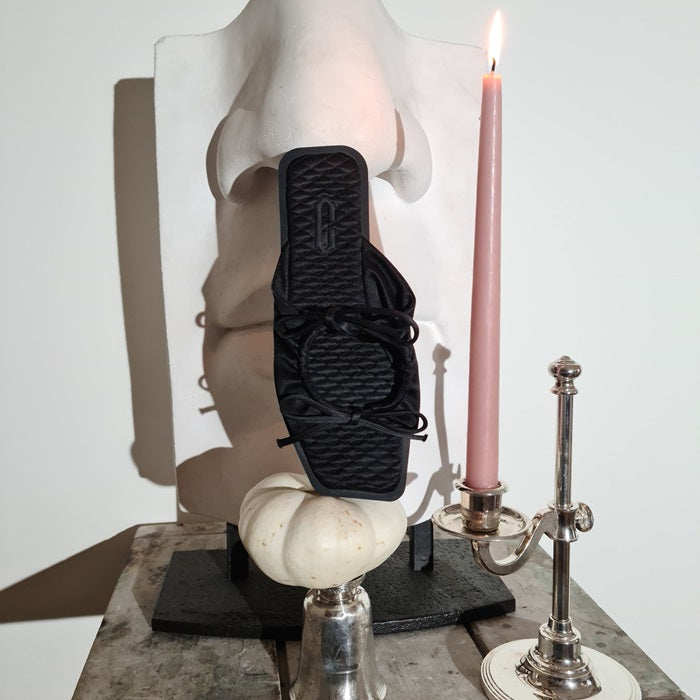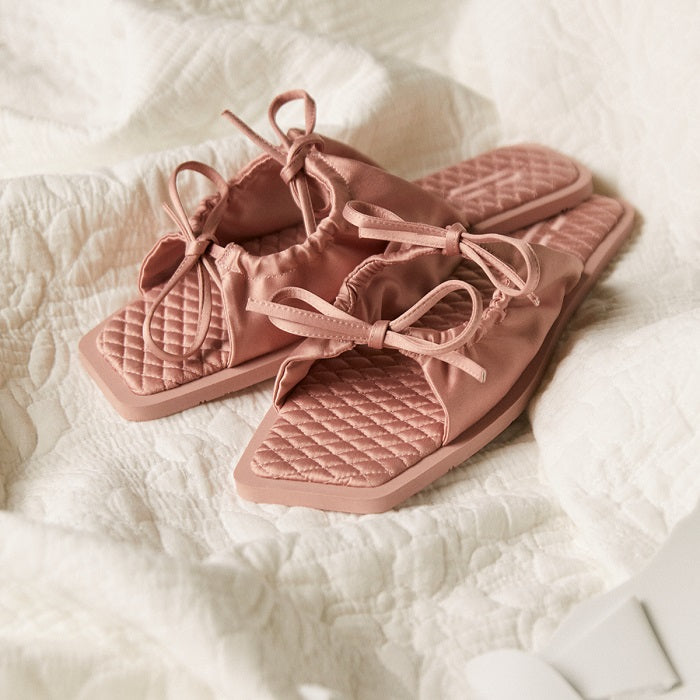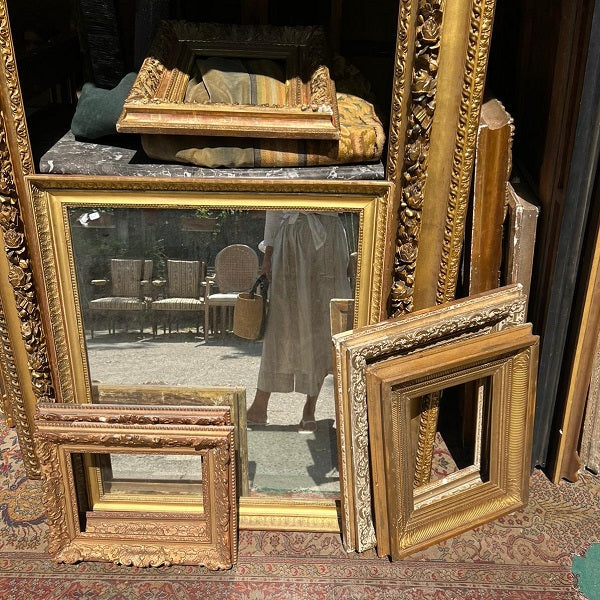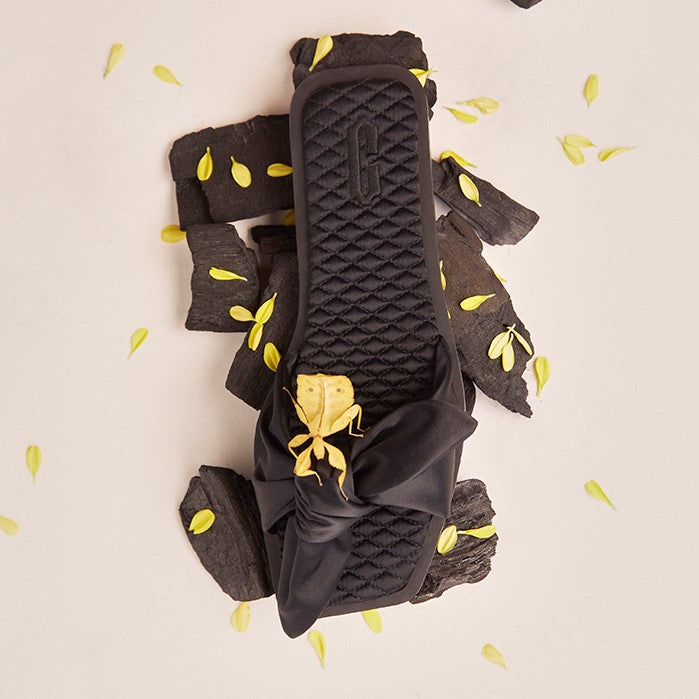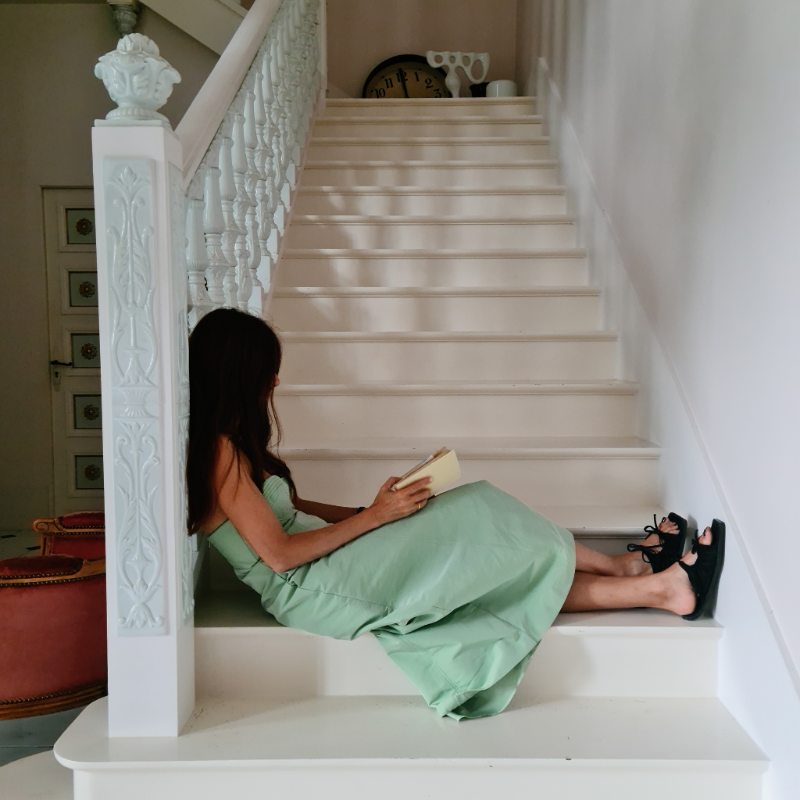6 tips for an eco-friendly closet
Fashion

Want to wear more eco-friendly outfits, but don't know where to start ? Check out these 6 tips that will help both the planet and your look!
1- Start by sorting out your closet
It’s not about replacing your entire closet - quite the opposite ! The aim of sorting is to identify what you already own, what's worth keeping and what you really need. You may come across special pieces that you'd completely forgotten about, which will help you avoid unnecessary purchases in the future.
2- Give your clothes a second life!
Donate items that no longer fit or look good on you to charity. The only condition is that they must be in good condition (not stained or damaged), clean and dry.
Don't just throw old clothes in the garbage! There may be near your home some collection points that will give them a second life by recycling them - into insulation material for example. Also, have you asked yourself whether your damaged clothes or accessories could be repaired?
3- Identify your style
“La mode passe, le style reste" (Fashion changes; style remains). Remember this mantra from fashion designer Yves Saint Laurent! Don't try to stick to the season's trends at all costs. Instead, identify the pieces that suit you and the look you want to convey. This will give you a style-identity guideline and help you avoid compulsive purchases that you'll never wear! "I don't constantly change my closet, I buy few new things that make my looks different", confides our designer Mariela Schwarz Montiel.
4- Go for good basics
Having fashion basics on-hand are the key to an eco-friendly and long-lasting closet, but also to a look that always works!
"I only buy pieces that I'd like to wear for the long-term," says Mariela.
A trench coat, a white shirt, well-cut jeans, a blazer, a beautiful pair of pumps, a cashmere jumper, a little black dress... these are all pieces you can invest in with confidence.


5- Read the labels
With a little common sense and by reading labels, you can do your bit for the environment. Choose natural, sustainable materials that have a low impact on the planet (linen, organic cotton, Lyocell, wool, cashmere, etc.). Also look for labels that guarantee traceability, social commitment, animal welfare, etc. The most common are GOTS, RWS, OEKO TEX, ECOCERT, FAIR TRADE, etc. and avoid synthetic materials as much as possible.
6- Choose quality over quantity
Being eco-friendly isn’t necessarily about spending a lot on big labels. As Mariela recommends, "It's not just a question of brands. Of course, I like to buy from eco-friendly brands like Carlotha Ray. But the most important thing is to have a sustainable approach to buying clothes and accessories".
Rather than buying a dozen fast-fashion items, treat yourself to one or two well-made pieces that you'll keep longer. And, if you fall for some of our favorites, treat yourself, and know that they’ll be your go-to pieces for a long time!



